On the afternoon of June 28, the Ho Chi Minh City Investment and Trade Promotion Center (ITPC) organized the Workshop “Green Logistics – From Trends to Practices and Roles in Food Production and Export”.
Mr. Nguyen Tuan, Deputy Director of ITPC, said that logistics contributes to the development of the national economy through the provision of freight transport services and supply chain management. In 2023, inflationary pressure and recession risks in major economies, broken global supply chains, etc. are strongly affecting the import-export situation and logistics activities.
As someone who has 15 years of experience directly managing a transport fleet, Ms. Diep Nguyen, CEO of GreenSys Joint Stock Company, assessed that the current transport costs in Vietnam are too high and the quality of service is not consistent with the costs. This is a “pain” for both transport business owners and partner customers.
Dr. Ton That Tu, a logistics expert, cited data that the total number of road transport vehicles in Vietnam is about 1.5 million, more than the number of vehicles in Thailand, but the volume of goods transported is only 50% of that of the neighboring country.
According to World Bank data, the overall ranking of the logistics industry in Vietnam in 2023 decreased compared to 2018 (down from 39th to 43rd out of 139 countries and territories surveyed).
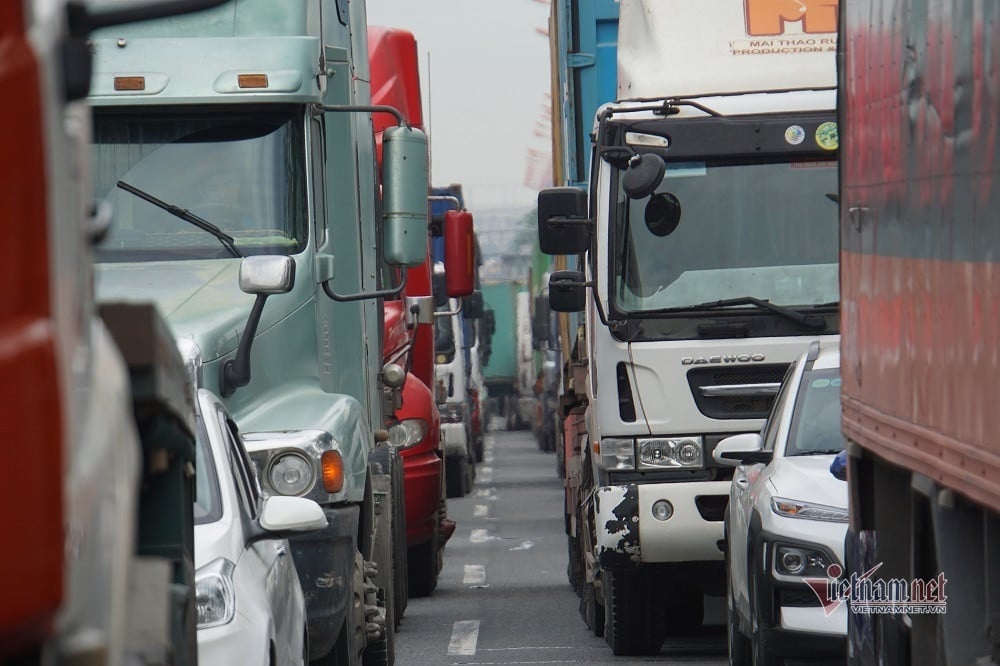
Mr. Tu pointed out the limitations of Vietnam's logistics industry:
One , the logistics industry is fragmented with many small and medium-sized enterprises operating independently. Enterprises lack coordination and standardization in logistics services. This leads to inefficiency and increased costs.
Second , many logistics service providers in Vietnam lack the necessary technological capacity and expertise to provide high-quality services, poor inventory management, slow delivery…
Third , although Vietnam has invested significantly in infrastructure development, there are still many areas where infrastructure is inadequate or needs further improvement. For example, the road and rail networks in some areas are inadequate to meet the needs of the growing logistics industry.
To improve domestic freight transport, the expert suggested, the Government needs to invest in improving transport infrastructure such as roads, railways, airports and seaports to facilitate the movement of goods across the country. This process requires significant investment in building new infrastructure and upgrading existing facilities.
In this regard, the Government can establish partnerships with private enterprises to add investment resources to freight transport infrastructure and technology, especially in areas where private investment is limited.
According to Dr. Tu, simplifying regulations and reducing administrative procedures will also encourage competition and innovation in the logistics industry. Along with that, the Government should encourage the application of new technologies such as warehouse automation, transport management systems and electronic data interchange (EDI). This helps improve the efficiency and accuracy of domestic freight transport activities.
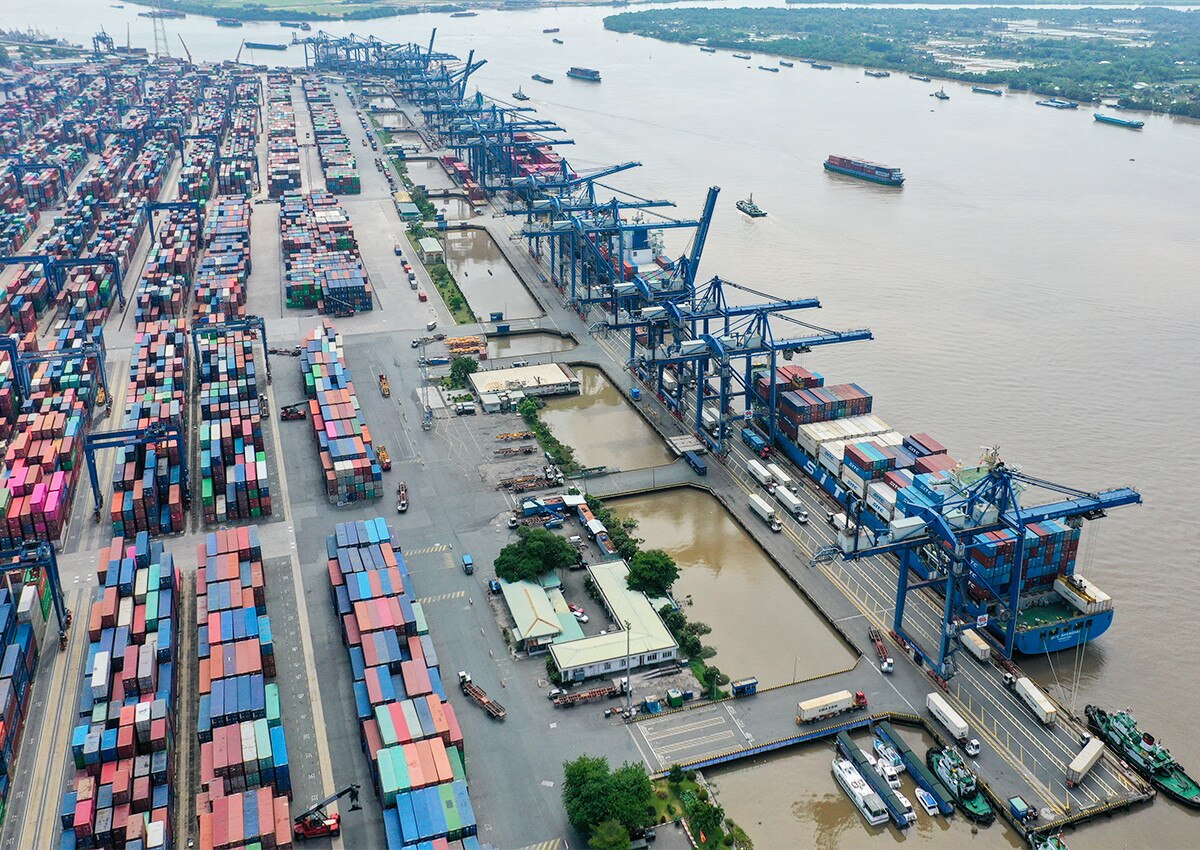
Source



![[Photo] Prime Minister Pham Minh Chinh attends the event "Digital transformation of the banking industry by 2025"](https://vphoto.vietnam.vn/thumb/1200x675/vietnam/resource/IMAGE/2025/5/29/0e34cc7261d74e26b7f87cadff763eae)

![[Photo] Prime Minister Pham Minh Chinh receives leaders of Excelerate Energy Group](https://vphoto.vietnam.vn/thumb/1200x675/vietnam/resource/IMAGE/2025/5/29/c1fbe073230443d0a5aae0bc264d07fe)








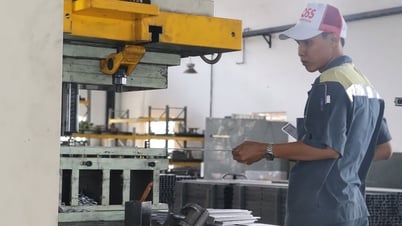












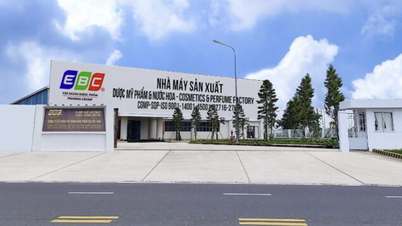






























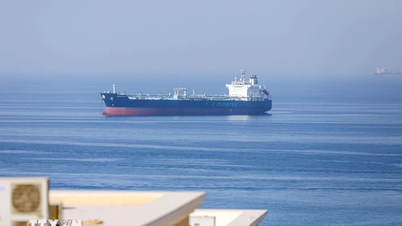

















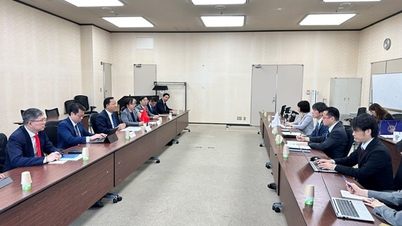

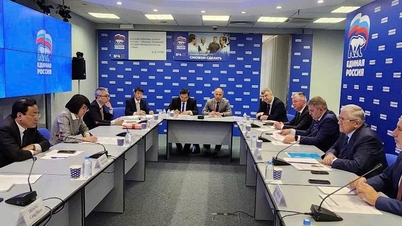

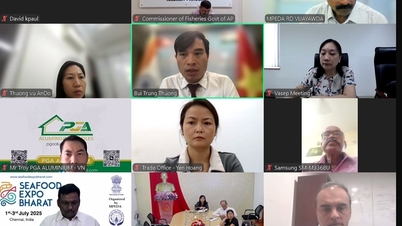






















Comment (0)